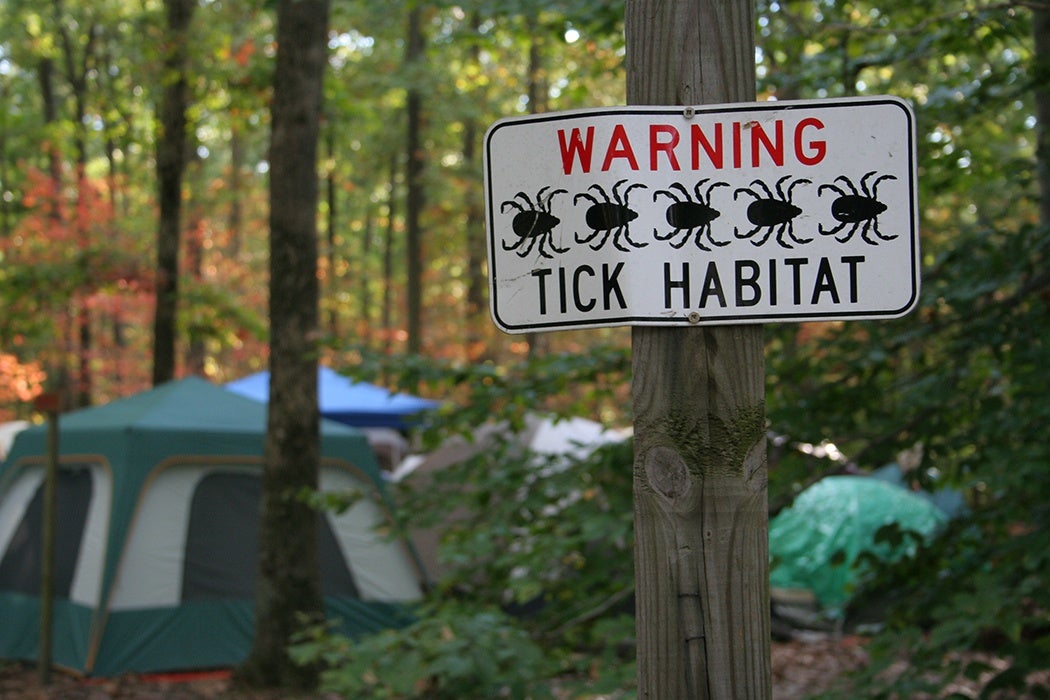Lots of people love to enjoy the outdoors in the summer—picnicking, chilling out on the lawn, hikes in the woods. Unfortunately, in many areas, a mild winter and abundant mice have led to a bumper crop of ticks this year, and with them tick-transmitted diseases such as Rocky Mountain Spotted Fever, Babesiosis, the infamous Lyme disease, and more. Given that we’re likely to meet them in person, here’s some background on ticks and tick bites.
The most commonly-discussed disease vector tick in the U.S. is the deer or black–footed tick (Ixodes scapularis), but there are 872 species of ticks in the world and many can potentially spread diseases. Ticks are all pretty small (deer ticks are about poppy seed size) but look closely and they’re pure horror. Most hard ticks (like deer ticks) don’t have any eyes. They lack antenna, instead relying on fine hairs all over most of their body as well as complex sensory organs on their legs. They have a hard plate-like structure on their back, but the rest of the body is soft and able to expand as it gorges itself on blood. Yes, you read that right.
Ticks can sense a variety of attributes of mammals, from the vibrations made by footfalls to animal scents such as hormones or exhaled carbon dioxide. Ticks will hurry toward any detected mammal and attempt to latch on. Once they find a suitable host, they can begin trying to bite. The tick starts by poking the host with pincer-like mouthparts called chelicerae. It then moves each chelicerae alternately, as if swimming, to pull itself in deeper. Once it has penetrated deep enough, it employs a hard, barbed spear-like appendage called the hypostome. The barbs catch in the skin, and the tick effectively “ratchets” itself in to a host using its chelicerae. Many species use their saliva to create an anchoring cement that helps hold the mouth in. Vasodilating, anesthetic, anti-inflammatory, and immune-suppressing chemicals in the saliva keep the blood flowing painlessly and the tick undetected. The barbs make the little creatures extremely difficult to remove, so they can remain feeding on a host for days.
The entire apparatus allows the tick to stay attached for as long as a couple of weeks, which is crucial in disease transmission. Inside the tick, Lyme bacteria must migrate from the gut to the salivary glands before they can transfer into a host, and the process takes time. The longer a tick is attached, the greater chance it has to transmit illness. The U.S. Centers for Disease Control and Prevention has an excellent guide to tick prevention, if you need tips on how to avoid bites or what to do if you are bitten. Have a great time outdoors this summer, but watch out for blind, mindless, feeding machines.







